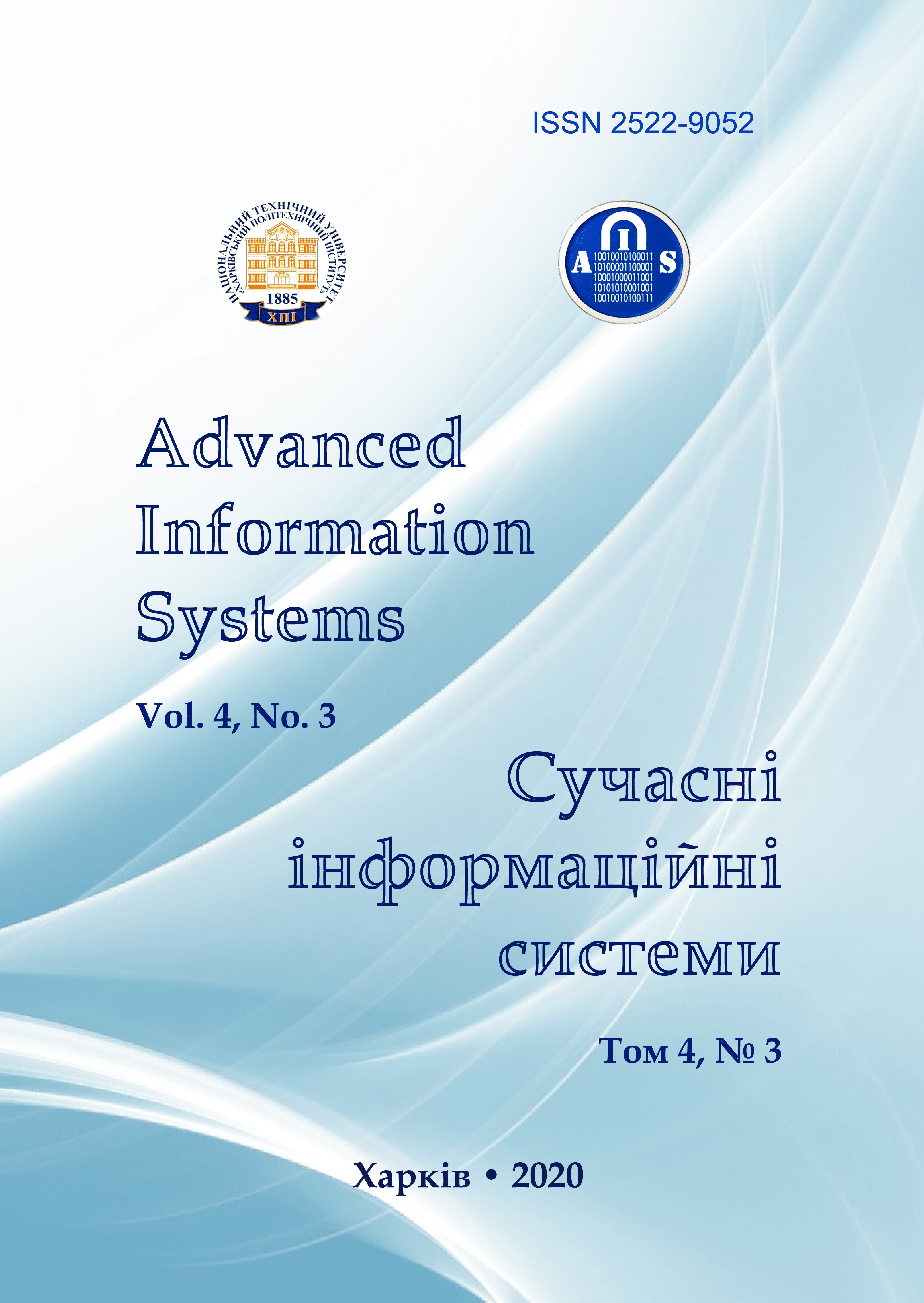COMPARATIVE ANALYSIS OF RRT-BASED METHODS FOR PATHFINDING IN UNDERGROUND ENVIRONMENT
Main Article Content
Abstract
Article Details
References
Protsenko, A. & Ivanov V. (2019), “Classical methods of path planning for mobile robots”, Control, navigation and communication systems, Vol. 3 (55), pp. 143-151, DOI: https://doi.org/10.26906/SUNZ.2019.3.143.
Barfoot, T. D., Stenning, B., Furgale, P., & McManus, C. (2012), “Exploiting Reusable Paths in Mobile Robotics: Benefits and Challenges for Long-term Autonomy”, Ninth Conf. on Comp. and Robot Vision, DOI: https://doi.org/10.1109/crv.2012.58.
Dang, T., Khattak, S., Mascarich, F., & Alexis, K. (2019), “Explore Locally, Plan Globally: A Path Planning Framework for Autonomous Robotic Exploration in Subterranean Environments”, 19th International Conference on Advanced Robotics (IC-AR). DOI: https://doi.org/10.1109/icar46387.2019.8981594.
LaValle, S.M. (1998), “Rapidly-exploring random trees: A new tool for path planning”, DOI: https://doi.org/10.1.1.35.1853.
Kuffner, J.J., & LaValle, S.M. (2000), “RRT-connect: An efficient approach to single-query path planning”, IEEE Int. Conf. on Rob. and Aut. Symp. Proc. (Cat. No. 00CH37065), Vol. 2, pp. 995-1001, DOI: https://doi.org/10.1109/ROBOT.2000.844730.
Karaman, S. & Frazzoli, E. (2011), “Sampling-based algorithms for optimal motion planning”, The Int. Journal of Robotics Research, 30(7), pp. 846–894, DOI: https://doi.org/10.1177/0278364911406761.
